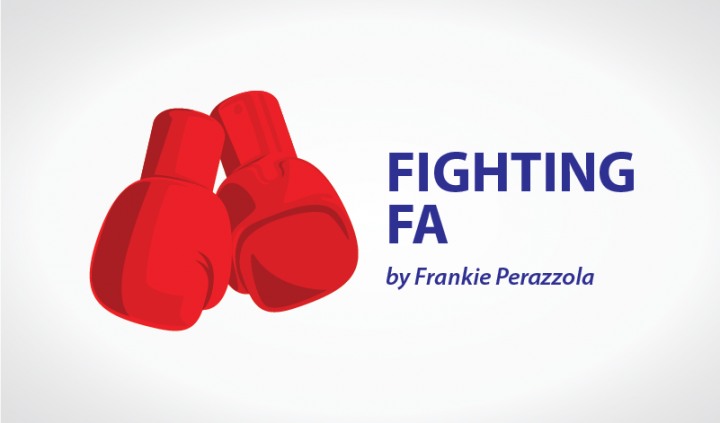Questions for a Future Personal Trainer With a Neuromuscular Disease

In my previous column, I announced I was becoming a certified personal trainer. I understand there may be curiosity around my decision. I also want to clarify things for future clients and for those who are curious about my approach. I hope to address some of those questions and share a little more about my process. I drafted these questions after reading articles and blog posts from different trainers.
What made you want to become a trainer?
After the first month of lockdown, I was desperate to find a healthy distraction and a way to work out more effectively. I also realized there weren’t many resources available to the disabled community in general. Since the Friedreich’s ataxia (FA) community does not have specific guidelines for physical activity, maybe I can help others to achieve their personal physical goals.
My town is also a big inspiration to me. We have a large elderly community here and I would love to get others moving and hopefully reinvest in health. After all, they are the ones who taught us how to live and it’s our duty to give back. My Nonna comes to mind and I would love to help her out. I know others feel that way about their elderly family members as well.
What’s the most important aspect of becoming a trainer?
Helping. Physical activity is essential to learning how to live with FA, and I’d like to be able to give that power back to those who work with me. I not only want to offer adaptive workouts to patients, but provide physical education to their caregivers and family members.
How will you be able to train someone when you have a neuromuscular disease?
I need to be realistic and honest with myself and potential clients. It is my responsibility to understand that physically, I will get worse. However, my brain won’t. Even if I’m not able to do some things, I want to be able to share knowledge about dealing with FA. I want our community to be able to choose a productive way to treat their diagnosis.
Who are your biggest inspirations in the fitness community?
The main people I look to for general knowledge and for gaining a realistic perspective of the fitness industry are:
I hope this sheds some light for those who are curious. I’m looking forward to learning as much as possible and applying that to our community. We need as much help as we can get in all aspects of dealing with and treating FA. It’s also important to shine a light on the disabled and elderly communities. We deserve just as much attention and inclusion within the fitness world, as long as we work for it.
***
Friedreich’s Ataxia News is strictly a news and information website about the disease. It does not provide medical advice, diagnosis or treatment. This content is not intended to be a substitute for professional medical advice, diagnosis, or treatment. Always seek the advice of your physician or another qualified health provider with any questions you may have regarding a medical condition. Never disregard professional medical advice or delay in seeking it because of something you have read on this website.The opinions expressed in this column are not those of Friedreich’s Ataxia News or its parent company, Bionews Services, and are intended to spark discussion about issues pertaining to Friedreich’s ataxia.







Isabelle Desmarais
Hi Frankie,
How may I contact you as a trainer?
Thank you.
Frankie Perazzola
Hi Isabelle! Send me an email at [email protected]